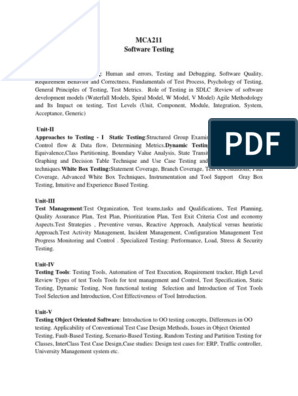0% found this document useful (0 votes)
7 views31 pagesIS-253 Unit-4 (Virtual Memory)
The document discusses virtual memory concepts, explaining its necessity when programs require more memory than physically available. It covers demand paging, page-fault handling, and various page replacement algorithms, including FIFO, LRU, and Optimal. Additionally, it highlights the importance of managing page faults and the implications of frame allocation on performance.
Uploaded by
smym790Copyright
© © All Rights Reserved
We take content rights seriously. If you suspect this is your content, claim it here.
Available Formats
Download as PDF, TXT or read online on Scribd
0% found this document useful (0 votes)
7 views31 pagesIS-253 Unit-4 (Virtual Memory)
The document discusses virtual memory concepts, explaining its necessity when programs require more memory than physically available. It covers demand paging, page-fault handling, and various page replacement algorithms, including FIFO, LRU, and Optimal. Additionally, it highlights the importance of managing page faults and the implications of frame allocation on performance.
Uploaded by
smym790Copyright
© © All Rights Reserved
We take content rights seriously. If you suspect this is your content, claim it here.
Available Formats
Download as PDF, TXT or read online on Scribd
/ 31
























































































